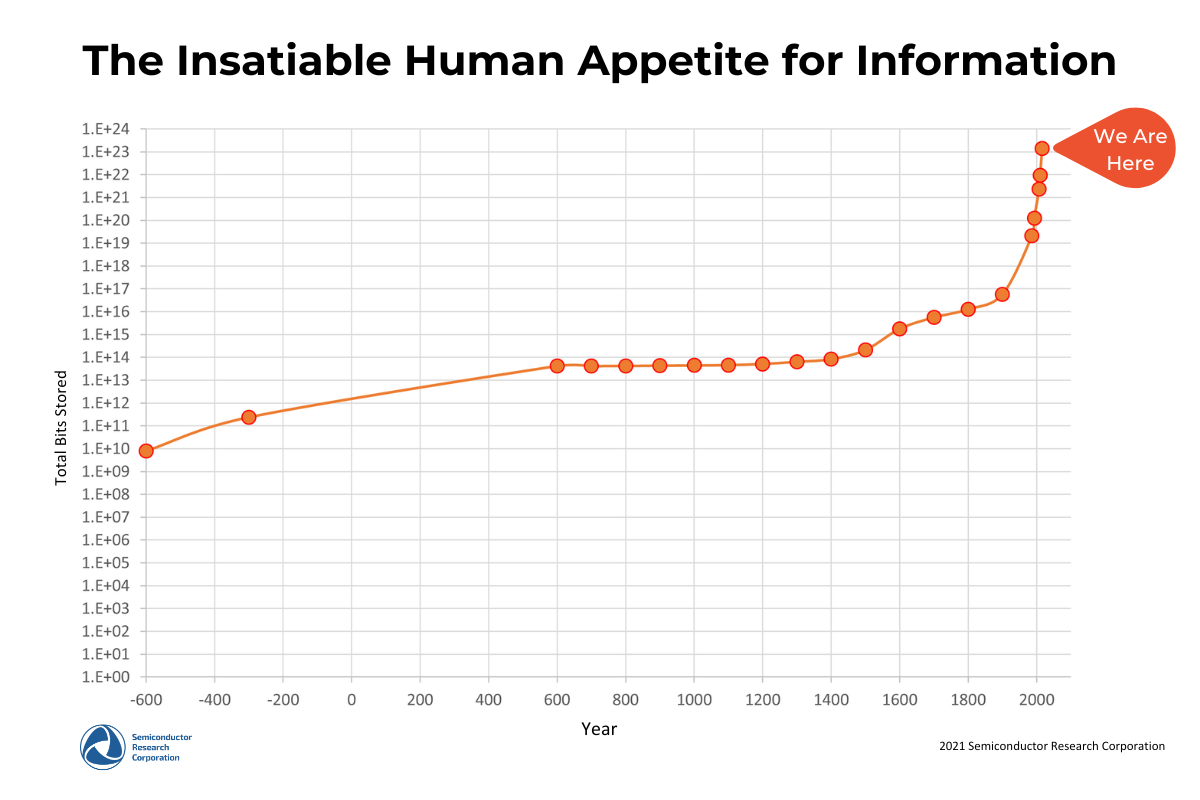Plan for a bright tomorrow: The Semiconductor Moonshot

Plan for A Bright Tomorrow: The Semiconductor Moonshot
Imagine basking in the warm glow of a Texas sun, feeling the balm of the day. Yet, when the words 'We choose to go to the moon' echo in your ears, a thrill courses through you, stirred by the challenge and the boundless possibilities. But could anyone truly foresee the myriad of inventions that would emerge from such a monumental undertaking? Perhaps John F. Kennedy dared to believe in our ability to touch the lunar surface, but could he have envisioned the cascade of innovations that now shape our daily lives—like scratch-resistant optics, memory foam, ultralight insulation, and the revolutionary evolution of integrated circuits?
A moonshot is more than just a grand ambition; it represents an opportunity to confront challenges far beyond the ordinary. Laden with ambition, it requires innovation and long-term vision. Its magnitude necessitates collaboration and meticulous planning. Moreover, moonshots carry a sense of urgency, propelled by an intense need for success. In the words of Jerry Bostick, “Failure is not an option.” These defining characteristics set the moonshot apart from other scientific and engineering endeavors, making it a model that has been emulated time and again.
Our appetite for data appears insatiable, with another Gutenberg moment on the horizon. Beyond the microchips that power the ubiquitous smartphone in your pocket, semiconductors are indispensable in automobiles, jewelry, airplanes, machinery, appliances, satellites, and countless other facets of modern life. With each passing day, our reliance on these tiny marvels only grows, as our daily activities increasingly demand their capabilities. Our consumption of bits (data) is approaching near-vertical growth.

The escalating demand for information and communication technologies (ICT) resources has propelled us into a state of crisis, exacerbated by factors such as extreme weather patterns, a global pandemic, and shifts in work dynamics. This volatile landscape underscores the critical need for strategic planning to navigate the challenges ahead.
The complexity of semiconductor chip manufacturing underscores the urgency of our situation. With production cycles averaging around 20 weeks, the inability to swiftly ramp up production exacerbates supply chain disruptions. Furthermore, the construction and operation of semiconductor fabrication facilities, or fabs, represent monumental undertakings. These specialized facilities demand meticulous planning, exacting specifications, and substantial investment.
Moreover, the shortage of skilled workers capable of operating and maintaining these sophisticated fabs compounds the industry's challenges. Addressing these issues requires a concerted effort and long-term vision. Smart planning, coupled with strategic investments in workforce development and infrastructure, is paramount to securing our technological future.
In the past, the role of strategic planning was met by the International Technology Roadmap for Semiconductors (ITRS), serving as a master plan that provided manufacturers, designers, and equipment suppliers with direction years in advance. By providing a common framework for coordination across semiconductor industry stakeholders, technology development efforts were efficient and aligned. However, the dissolution of the ITRS in 2015 left a void, leading to years of disjointed efforts.
Success in moonshots relies on the harmonious collaboration of government, industry, and academic institutions, planning, partnership, and enthusiasm serving as essential pillars for achievement. Long-time convener Semiconductor Research Corporation is uniquely positioned to facilitate the semiconductor moonshot. Recognizing the need for unified guidance, the industry rallied for the creation of a new strategic plan, The Decadal Plan for Semiconductors, sponsored by SRC and SIA in 2021. This comprehensive plan outlines ambitious goals for the industry's future. Subsequently, the Microelectronics and Advanced Packaging Technologies (MAPT) Roadmap (2023) was developed, through the efforts of hundreds of industry and academic experts, to provide detailed strategies for achieving these goals. The MAPT Roadmap serves as a guiding light for initiatives such as the National Semiconductor Technology Center, the National Advanced Packaging Manufacturing Program, and the CHIPS Manufacturing USA Institute. By partnering with engineers and scientists from hundreds of organizations, both within and beyond the semiconductor industry, Semiconductor Research Corporation has created an enthusiastic community that is driven to tackle the technological challenges of today and tomorrow. It’s not often we stand at the precipice of change and can glimpse the vast potential that awaits us. As we look up into the warmth of the sky, we appreciate the incredible opportunity that awaits us all.



